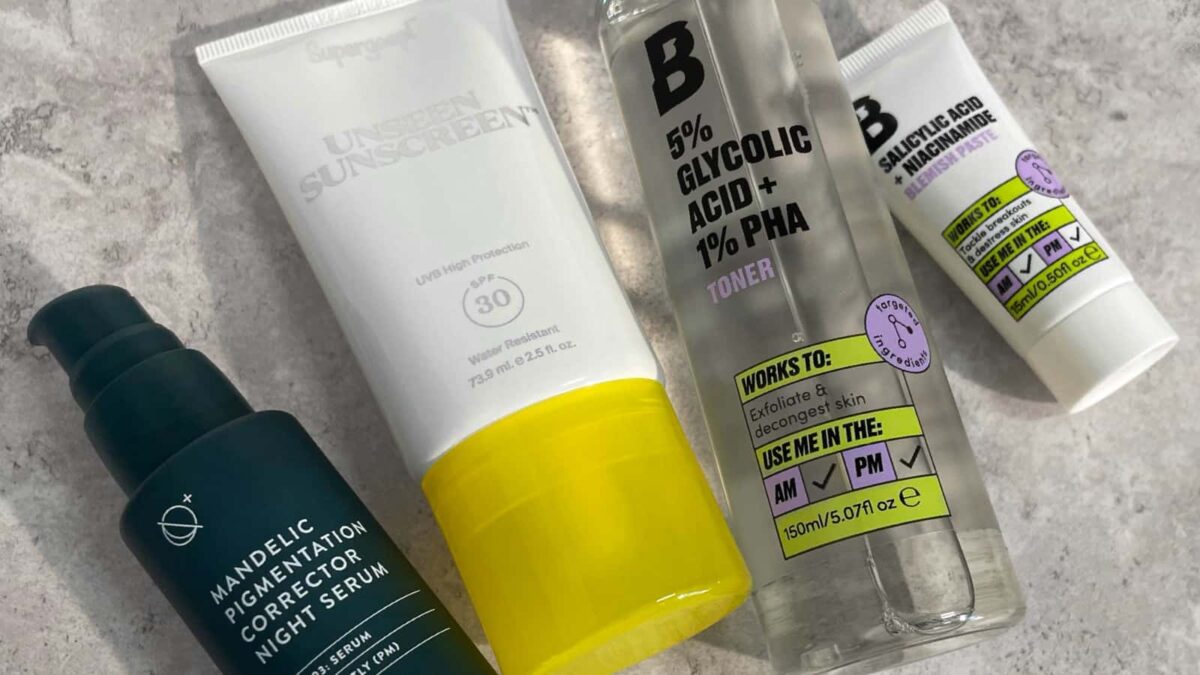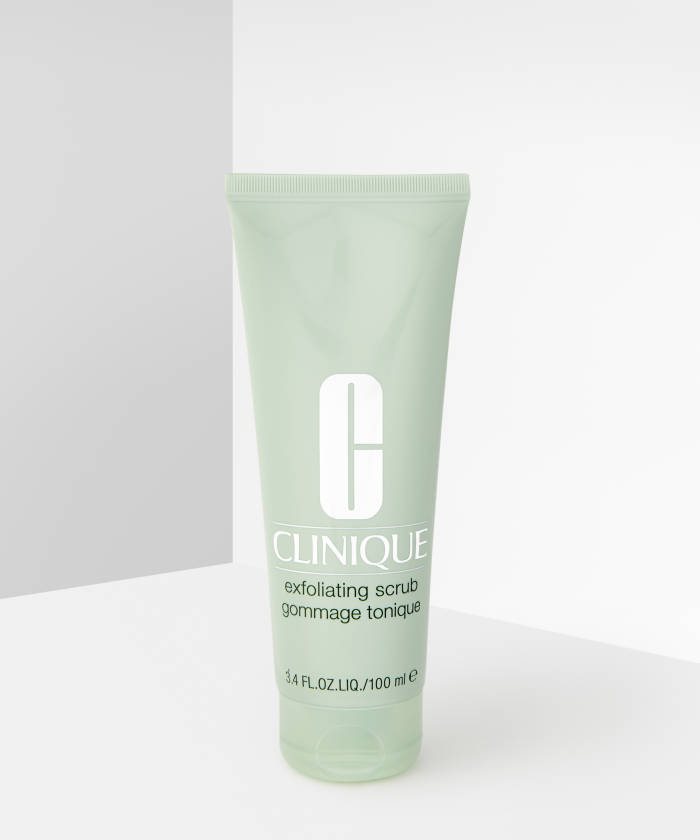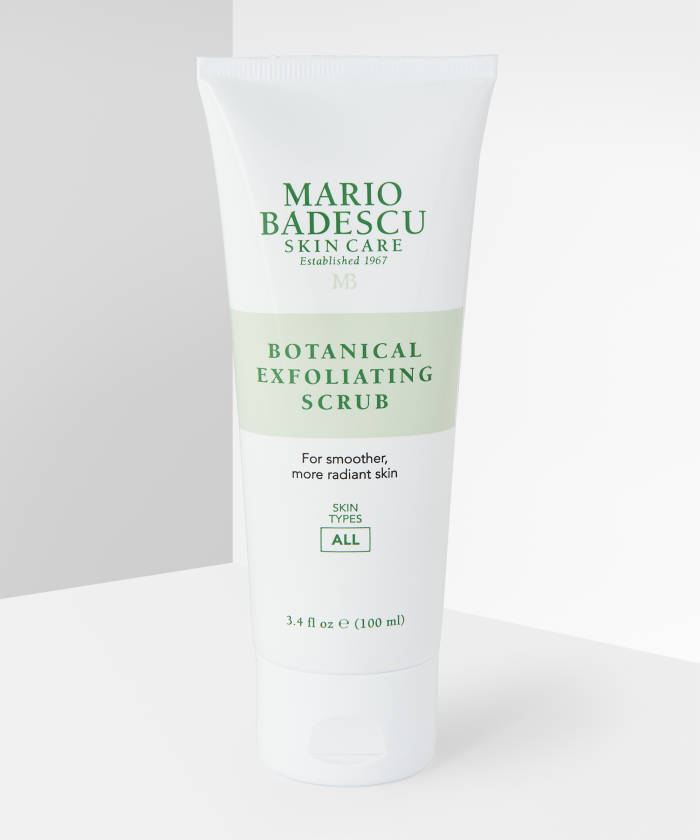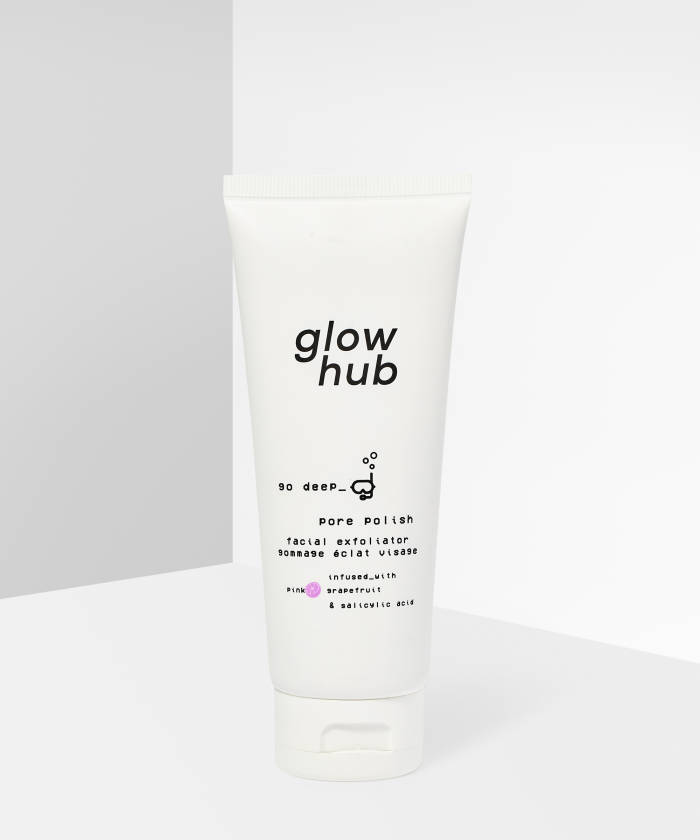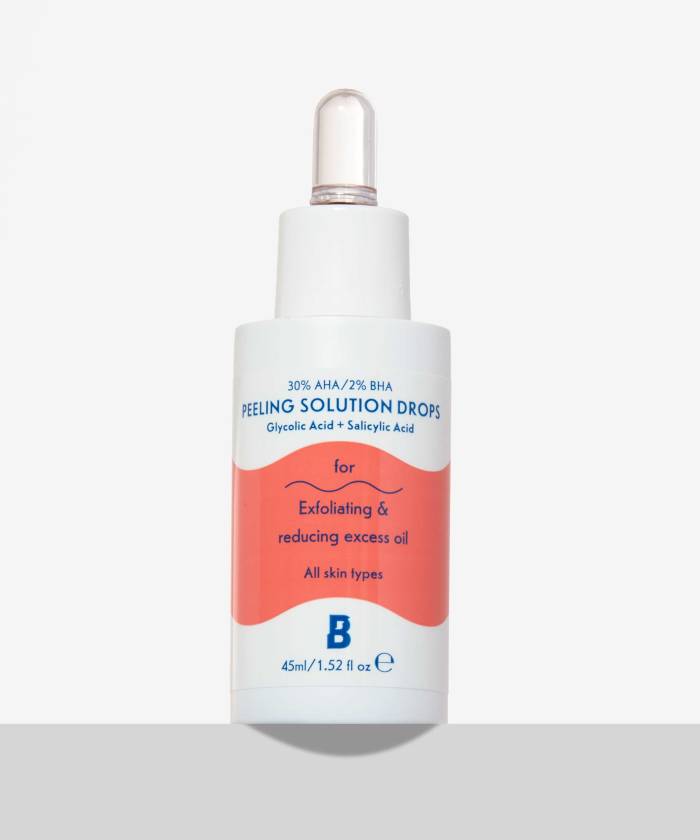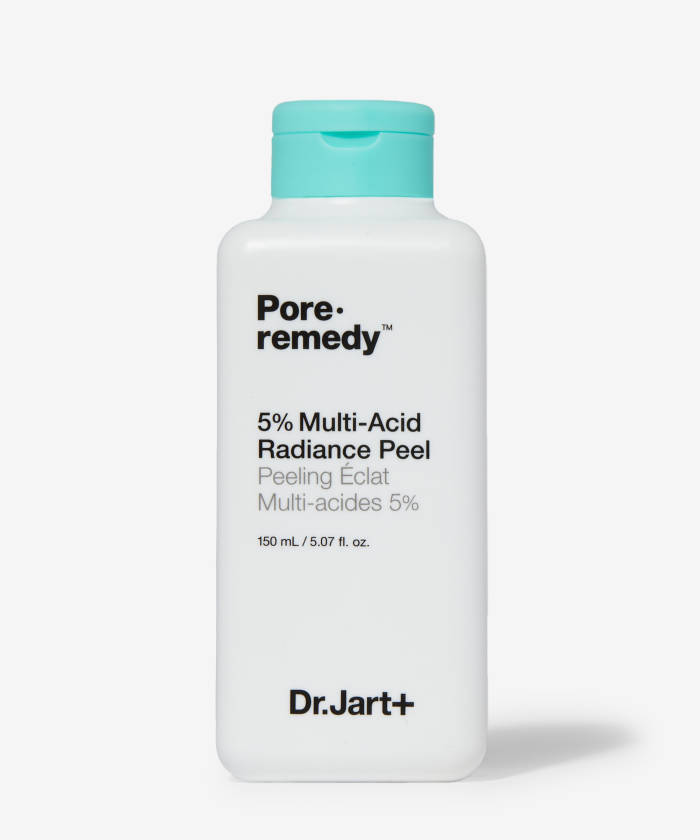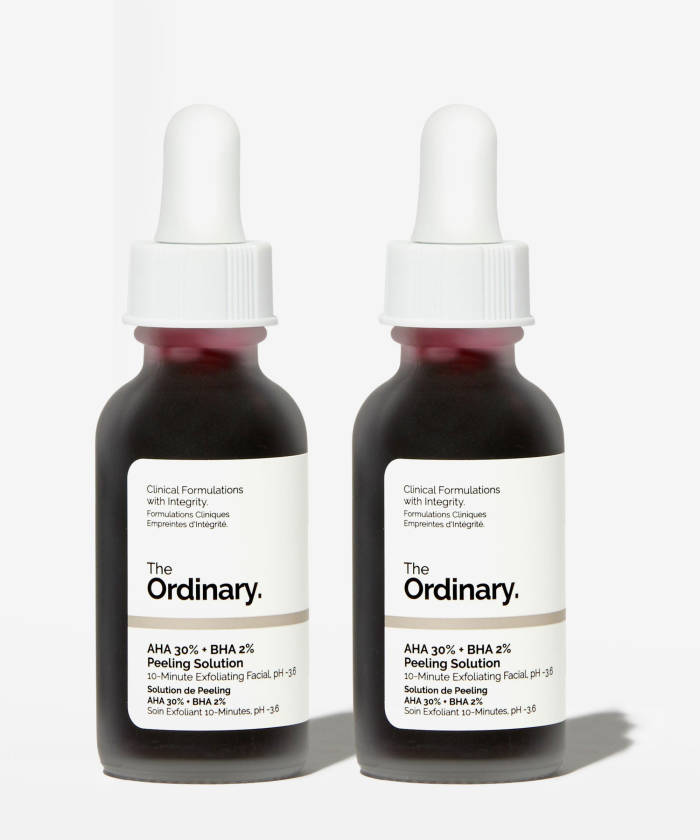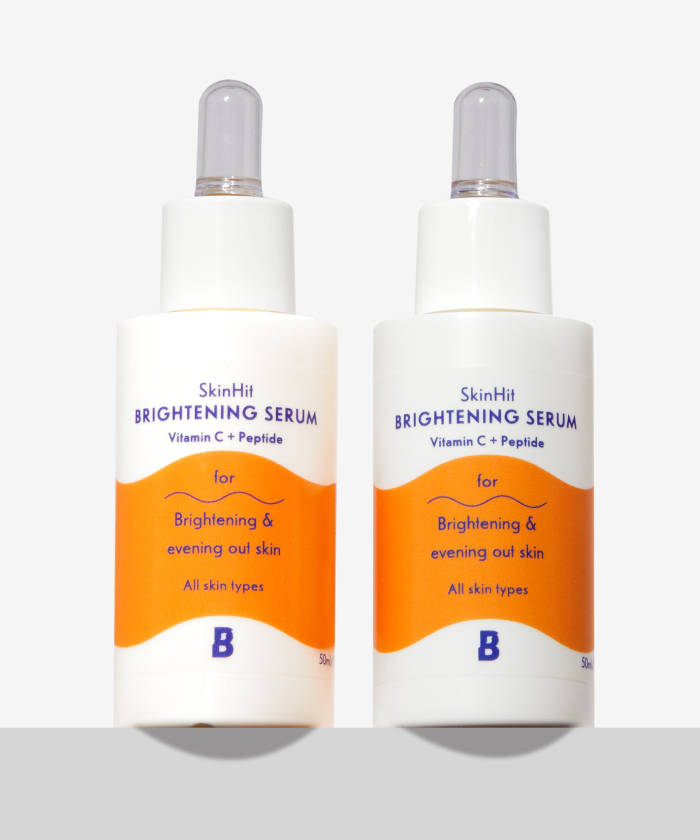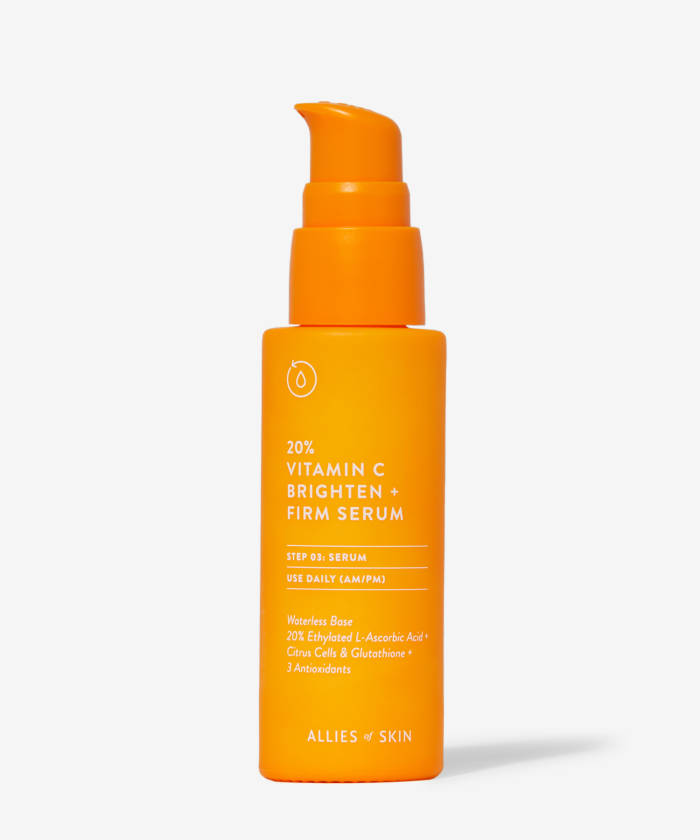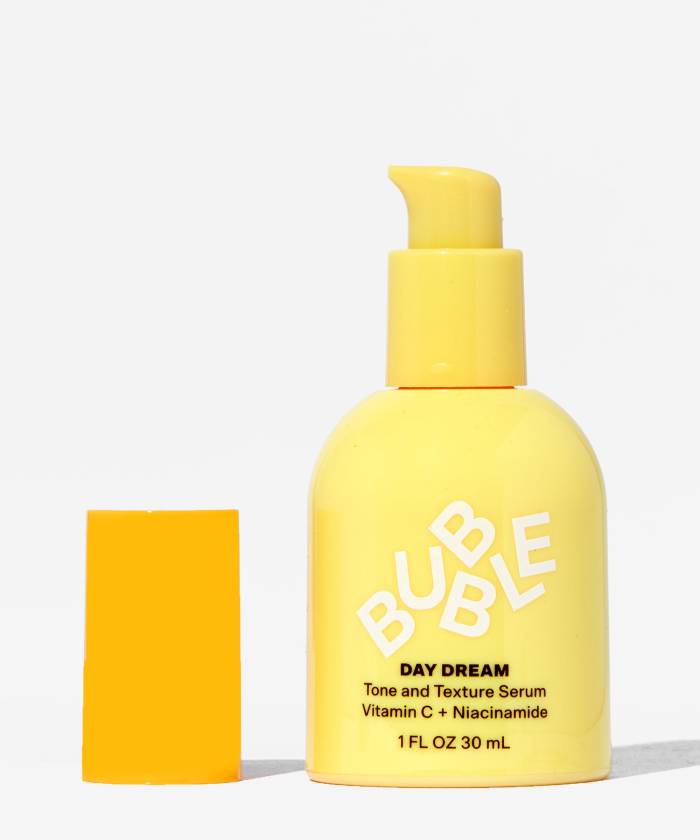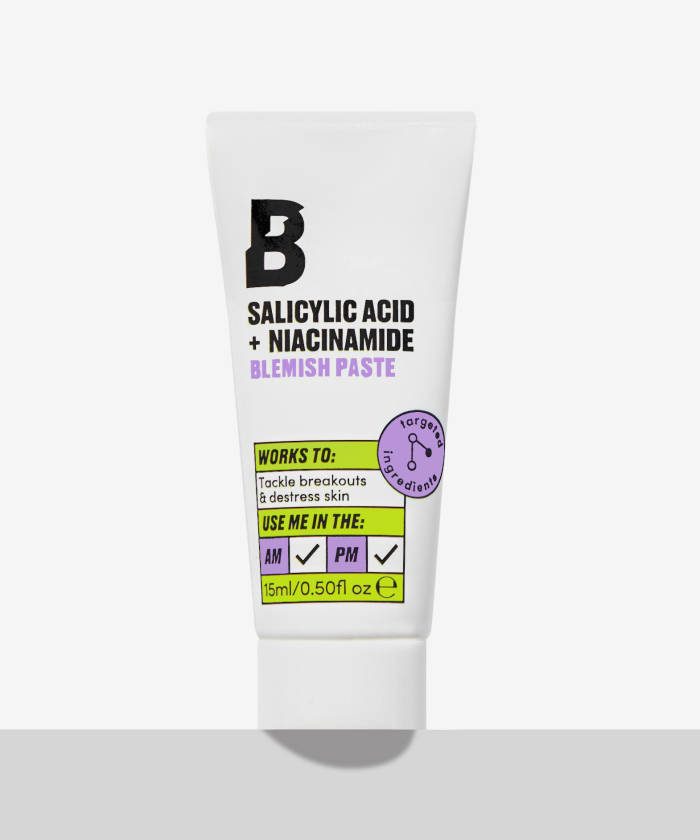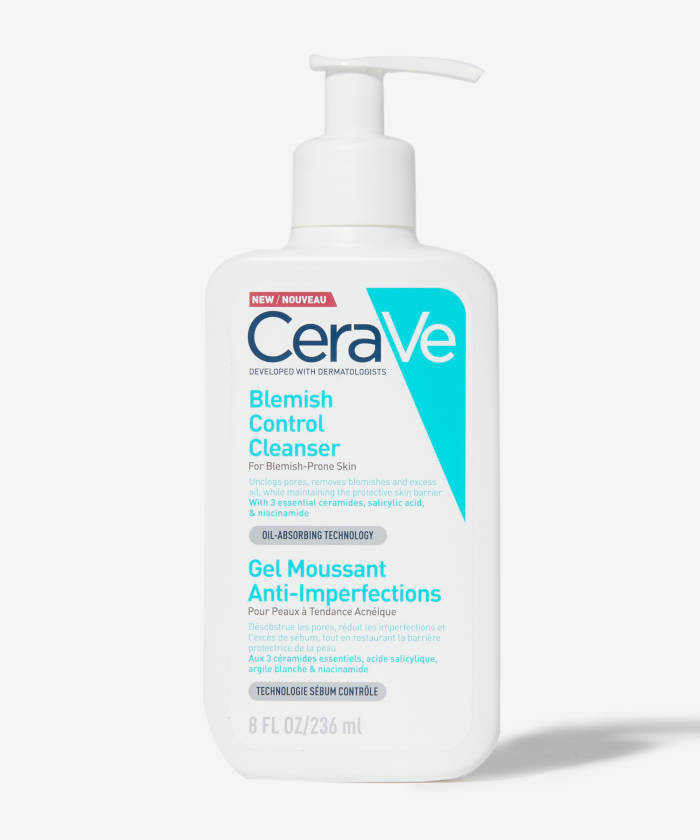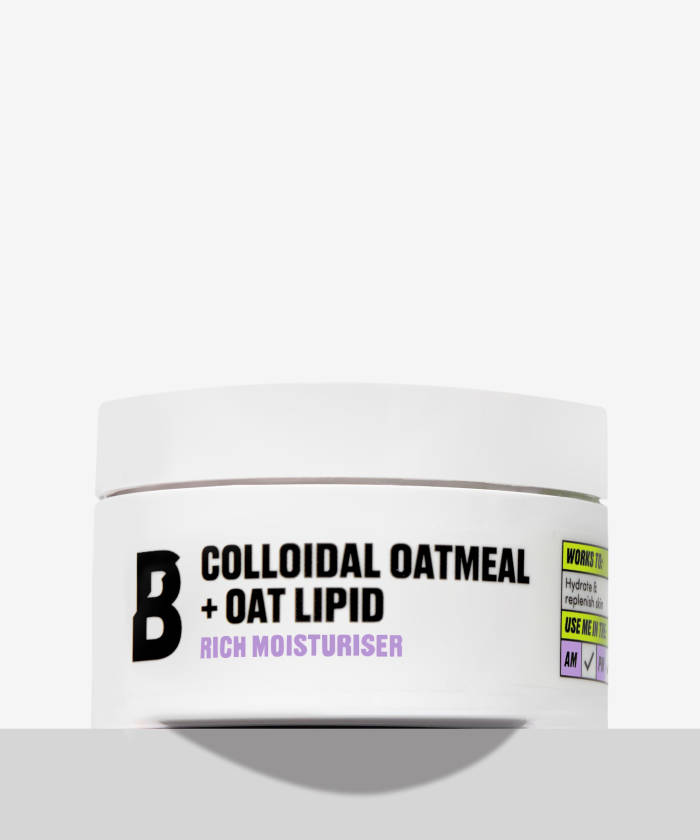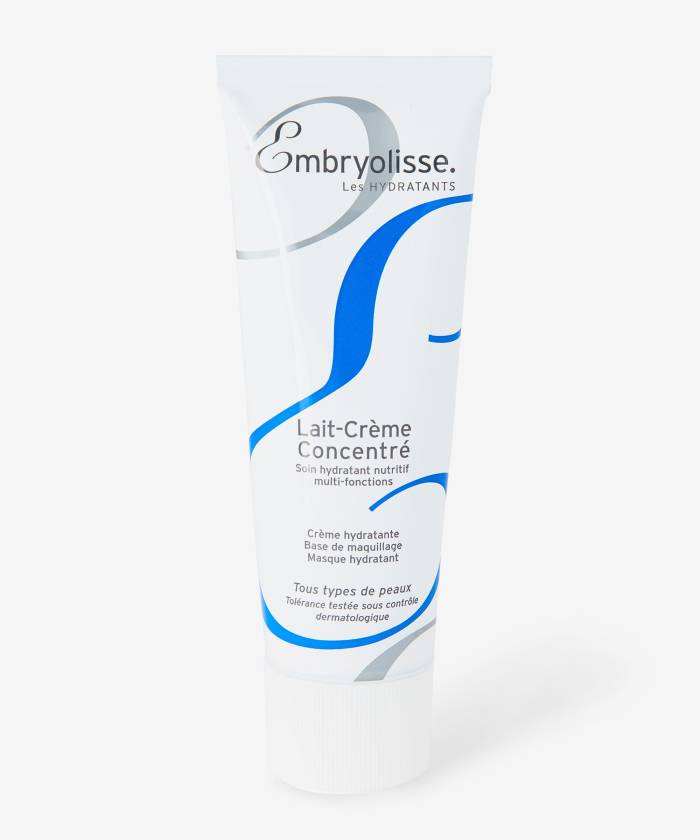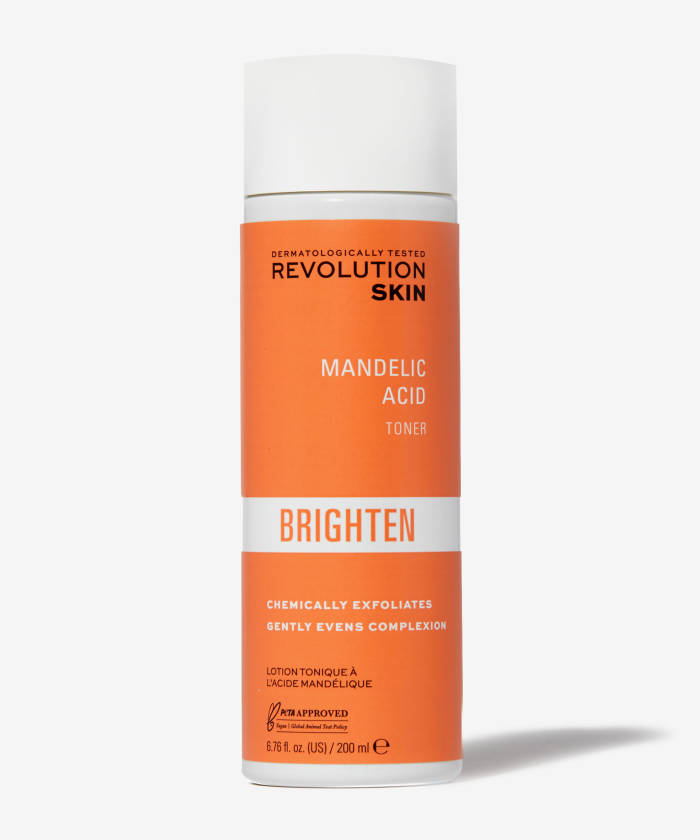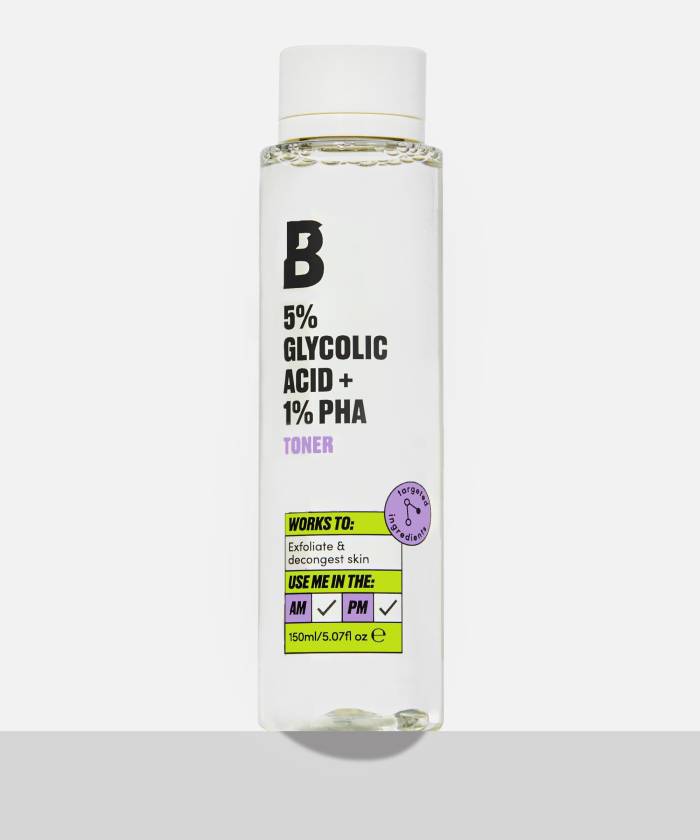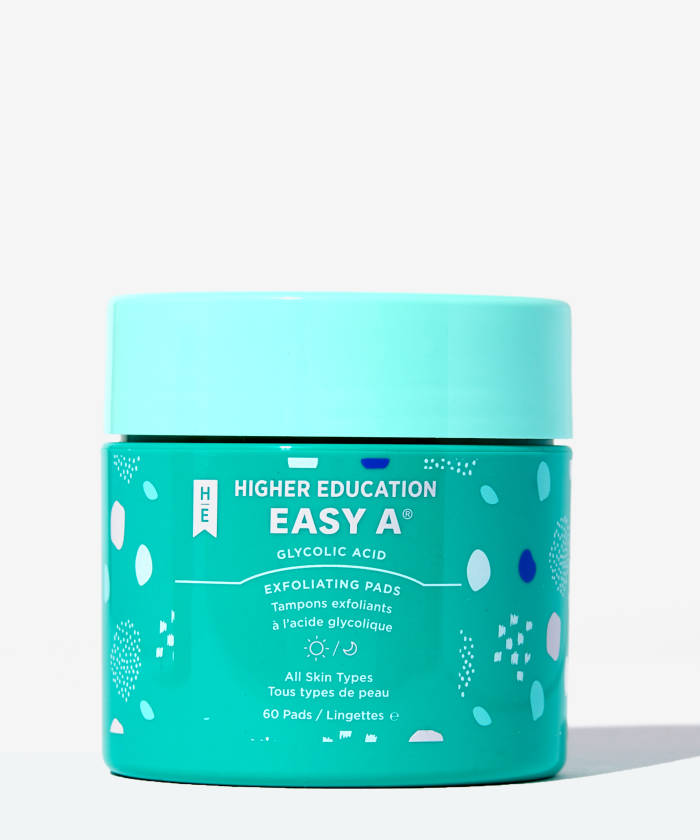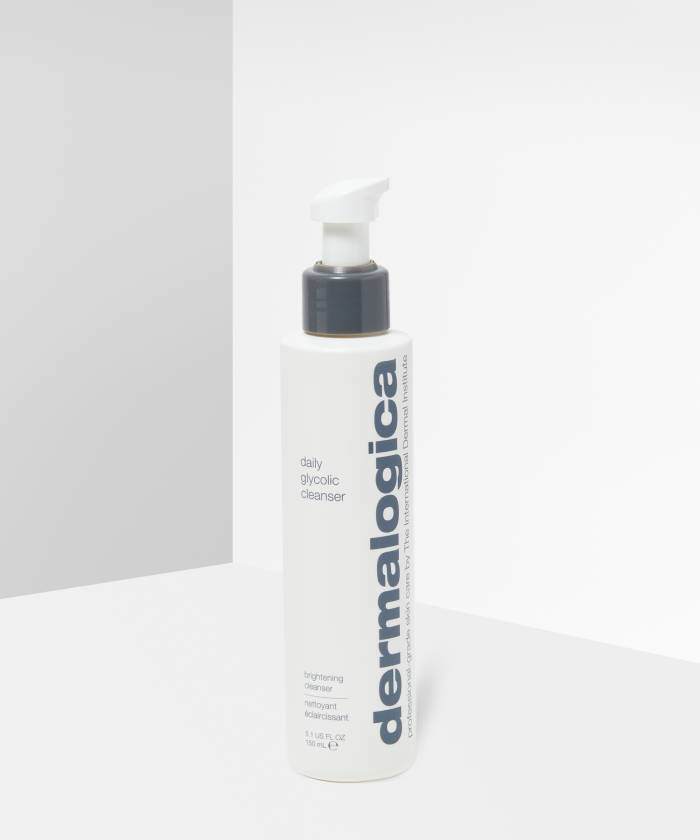When trying to achieve clear skin, dark spots are the last thing you want to deal with. Dark spots are a form of hyperpigmentation that occurs when there is an overproduction of melanin (the pigment that gives skin its colour). While hyperpigmentation and post-inflammatory hyperpigmentation (which occurs when skin has been damaged or irritated) can make it harder for you to achieve your skincare goals, they are treatable. Once you’ve identified the best products for acne scars and pigmentation, you’ll need to use them consistently to see results. With their ingredients-first approach to skincare, you might decide to opt for the best The Ordinary products for pigmentation.
Here is everything you need to know about how to treat hyperpigmentation on darker skin tones:
Use sunscreen
If you have darker skin, then you may have been led to believe that you don’t need to wear sunscreen but the truth is that you need to wear it all year long. In fact, adding sunscreen to your routine is one of the most important things you do because it will stop hyperpigmentation from getting worse. It can also stop new spots from forming and brighten the skin tone, reducing the appearance of dark spots. For maximum sun protection, you’ll need to use a sunscreen with an SPF of 30 or more.
Exfoliate, exfoliate, exfoliate
It’s safe to say that we’ve all used an exfoliating scrub that has been way too harsh on our skin. Thankfully, there are a lot of options out there that are much gentler on skin and can help with hyperpigmentation. When used in moderation, exfoliating scrubs can even out the complexion and boost skin radiance. If you want to use an exfoliating scrub but are worried about how your skin will react, use it once a week for a few weeks until your skin gets used to it.
Use a peel
If you want to mimic the amazing results that professional skin treatments offer without breaking the bank or leaving your home, then you might want to use an at-home peel as part of your hyperpigmentation routine. Peels reduce the appearance of hyperpigmentation by removing the top layer of your skin (epidermis) and peels with higher concentrations penetrate the middle layer of your skin (dermis). Start with a low concentration first, follow the instructions on the packaging and always wear sunscreen.
Use a Vitamin C serum
Although a lot of active ingredients have entered the beauty space in recent years, Vitamin C is still highly-rated. The easiest way to incorporate Vitamin C into your hyperpigmentation routine is to use a serum. Vitamin C serums are suitable for all skin types and have an array of skincare benefits such as reducing hyperpigmentation by inhibiting melanin production in the skin.
Tackle your breakouts with Salicylic Acid
Acne can cause dark spots, so you’ll need to keep breakouts at bay when treating existing hyperpigmentation. Salicylic acid is one of the best skincare ingredients to clear and prevent blemishes. Not only is it safe but it’s well-tolerated. When I was treating my PIH, I incorporated a salicylic acid cleanser into my routine and it made such a difference. Even when you’ve treated your hyperpigmentation, keep tackling your breakouts with this ingredient.
Use a moisturiser every day
When treating hyperpigmentation, you might find yourself wanting to skip certain products, but this could do your skin more harm than good in the long run. The best thing you can do when treating any skin concern is follow every single step of your skincare routine, and that include moisturiser. Keeping your skin hydrated will help to boost overall skin health so your skin can heal quickly and effectively.
Use mandelic acid
Although mandelic acid has been around for ages, it isn’t until recently that it started to become a popular choice for treating hyperpigmentation. Mandelic acid is an AHA with micro-exfoliating properties that help lift excess pigment from the skin’s surface. It is believed to be well-tolerated and less likely to irritate skin, which may explain why it’s such a sought after ingredient.
Use glycolic acid
If hyperpigmentation has left your skin looking patchy, then use glycolic acid to release and remove dry patches. Glycolic acid is a hydrating ingredient, so you won’t have to worry about any dryness returning. The By BEAUTY BAY 5% Glycolic Acid + 1% PHA Toner has been created with multiple acids and works to target different layers of the skin to clear pores and accelerate cellular turnover. Clogged pores can lead to acne which can then lead to even more scarring, making this a great toner to add to your hyperpigmentation routine.
